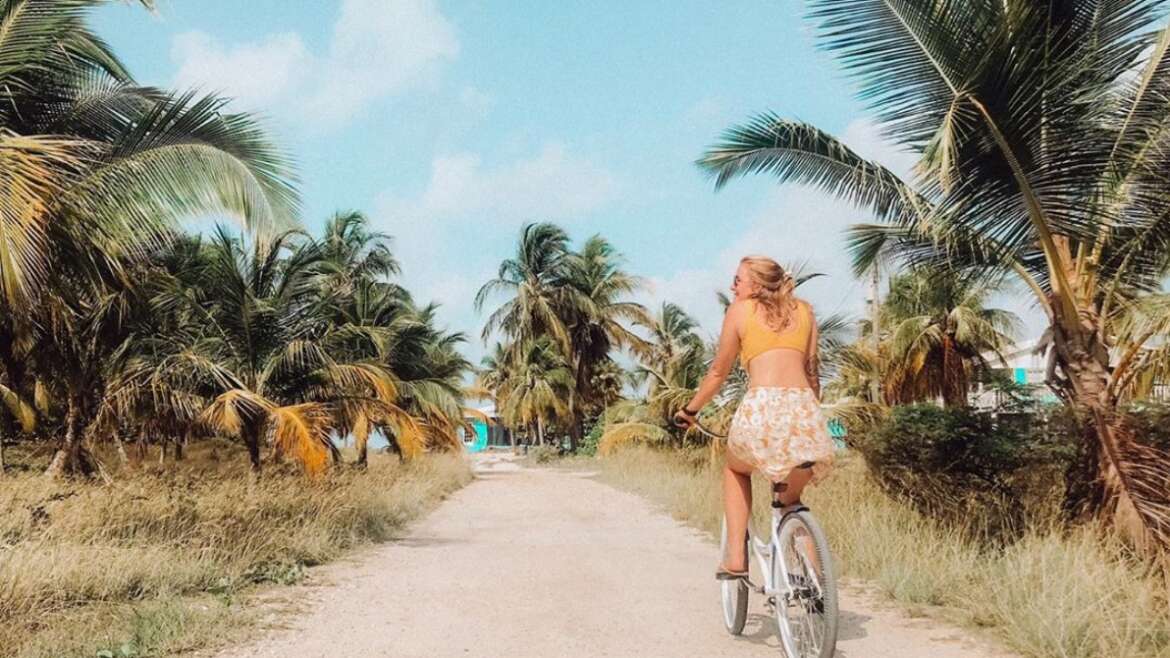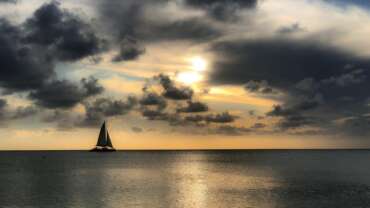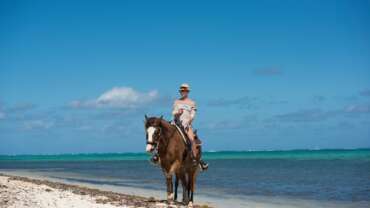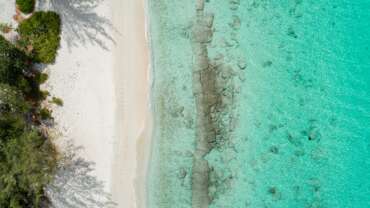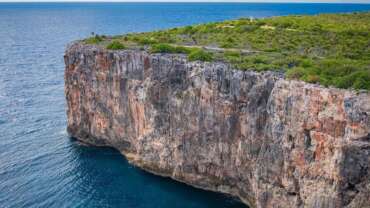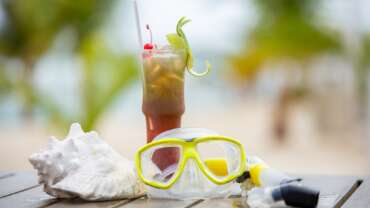Adventure Tourism in Cayman Islands
BIKE TOURS
SEE PARADISE AT THE PERFECT PACE IN WEST BAY LOOP
West Bay Loop has more than 100 hire bikes, cruisers, road bikes, hybrids, children’s bikes and two behind buggies ideal for exploring the West Bay Loop Cycle Route. The West Bay Loop is the safest and most beautiful place to cycle on Grand Cayman. The 9 ½ mile coastal loop is a mixed trail of paved country lanes and sandy beach trail. Grand Cayman has some stunning cycle cycle routes and beach trails for recreational bikers, as well as the challenging 50 mile East End Loop for those with an appetite for a real work out on paved coastal roads.
BIRDING
BIRD SANCTUARIES
The Cayman Islands is home to an array of native birds and during peak season, the islands play host to over 200 other species. Seven protected sanctuaries exist here too. On Cayman Brac, a 180-acre parrot reserve allows you a glimpse of the endangered Brac Parrot. Others commonly spotted are Tricoloured Herons, Common Moorhen, Green Herons, Black-Necked Stilts, American Coots, Blue-winged Teal, Cattle Egrets and rare West Indian Whistling Ducks.
10 AMAZING THINGS
YOU NEVER KNEW ABOUT THE CAYMAN ISLANDS AND ITS WILDLIFE.
ONE
The Cayman Islands are part of a mountain range called the Cayman Ridge, which rises more than 7,500m – or the size of a very large mountain in the Himalayas – from the ocean floor. The abyss known as the Cayman Trench is very deep and home to the hottest hydrothermal vents in the world. These are cracks in the seabed from which superheated water, up to 450˚C emerges. Unique life forms live here, including a species of eyeless shrimp that has a light-sensing organ on its back. Having said that, the highest point above sea level is near the east end of Cayman Brac – and that’s just 46.6m.
TWO
There are no rivers in the Cayman Islands. As the islands are the peaks of a limestone mountain, and limestone is really porous, all the water just runs through it rather than off it. This lack of ‘run-off’ means that the visibility in the sea is exceptional and makes Cayman one of the world’s top diving locations.
THREE
There are many parrotfish in the Cayman Islands and what’s interesting about parrotfish, apart from the fact that they can go from being male to being female and back again, is that they excrete sand. They munch on rock and coral, and it comes out as sand. Which is why there are so many great beaches on the islands.
FOUR
Cayman has its very own blue dragon, an iguana found nowhere else in the world which is incredibly rare and really is blue. It is estimated there were about a dozen of these amazing beasts remaining in 2002, making it ‘Functionally Extinct’ but thanks to an extensive breeding programme in Grand Cayman the blues are back in force. In 2012 over seven hundred were counted, taking the species off the ICUN Red List as ‘Critically Endangered’, they are now classified as ‘Endangered’ and are prevalent enough to be spotted, you can even walk right up to them.
FIVE
In the middle of North Sound on Grand Cayman, wild Southern stingrays gather in huge numbers at a place called ‘Stingray City’. You can get in the water with them, and meet them personally, your boat captain will even be able to tell you some of their adopted ‘names’.
SIX
The Cayman Islands are home to three sea turtle species: the green, the loggerhead, and the hawksbill. Green and loggerhead turtles nest on beaches all around the Cayman Islands, including Seven Mile Beach. From May to September, female turtles crawl up onto the beach to lay eggs in the sand, and from July to November the eggs hatch. Each nest produces about 100 baby sea turtles! Hawksbill turtles can be seen in Cayman waters while snorkelling or scuba diving. By the early 20th century, the Cayman turtle nesting population was nearly extinct, but due to conservation efforts, nesting numbers are now increasing each year.
SEVEN
The only native land mammals of the Cayman Islands are bats. Some of them only eat fruit such as wild almonds and some only eat insects such as moths, beetles and mosquitoes. There’s also the buffy flower bat, which is only found in the Caribbean and drinks nectar from flowers like a hummingbird.
EIGHT
There are over 230 birds in the Cayman Islands. Little Cayman has the largest colony of red footed boobies in the Western Hemisphere. A close relative of the Atlantic gannet, these remarkable birds may fly up to 125km in a single day on a fishing trip, and then 125km back home again, and can be away for more than 12 hours.
NINE
The Grand Cayman pygmy blue Brephidium exilis thompsoni is a Grand Cayman endemic subspecies of butterfly, found nowhere else in the world. It was first discovered in 1938 and was not found again until 1985, when two colonies were located on the north and west coasts.
TEN
In a secret bay on Grand Cayman, one of only a dozen places worldwide, there exists the rare and magical phenomenon of bioluminescence. This extraordinary natural light show is caused by a high concentration of a particular species of plankton alongside red mangroves and minimal light movement in the sheltered water, resulting in a stunning bioluminescence light, best seen on very dark nights on a tour with companies specialising in bioluminescence tours.
CAVING
GRAND CRYSTAL CAVES AND TOURS
The Cayman Islands is a nature lover’s paradise – home to a multitude of amazing caves where you’ll see stalactite and stalagmite crystal structures formed over the passage of time as well as a variety of plant and animal life.
Over 100 caves are situated in the lush tropical vegetation in the North Side of Grand Cayman – three of which are open to the public. Crystal Caves is the island’s newest attraction.
Cayman Brac also offers many opportunities to explore dramatic caves – Bat Cave, Peter’s Cave and the Halfway Ground Cave are at the top of that impressive list.
HIKING
A MYRIAD OF FLORA AND FAUNA
The Cayman Islands are home to myriad flora and fauna – including national items such as our Silver Thatch Palm (national tree), Wild Banana Orchid (national flower) and Cayman Parrots (national bird). The islands also boast mangrove forests and in Little Cayman we have the largest colony of Red-Footed Boobies in the Western Hemisphere. The 100- year-old Mastic Trail on Grand Cayman is a two-mile stretch that will take you on a journey back in time. Meanwhile, our sister island, Cayman Brac, is home to untouched beauty, as hikers can trek to the Bluff for spectacular sea views.
HORSEBACK RIDING ON THE BEACH
Trot slowly along the sand while marvelling at the glittering Caribbean Sea, as the refreshing breeze brushes against your skin… Horseback riding is a terrific family excursion and an incredible outing for couples with romantic moonlit strolls on offer. These majestic animals will take you for a ride along beautiful beaches, down quiet roads, and even out into the shallows for a refreshing dip in the sea. Local trail rides or seaside rides are available morning or night from companies in West Bay, George Town and North Side.



